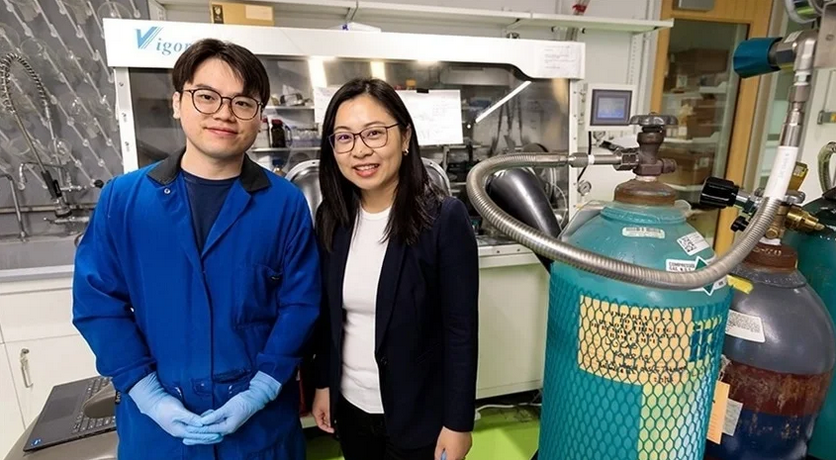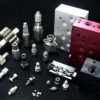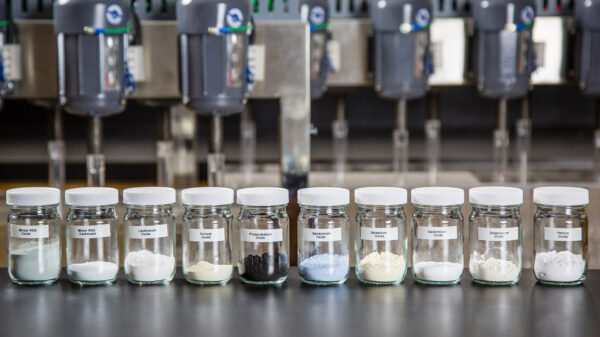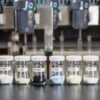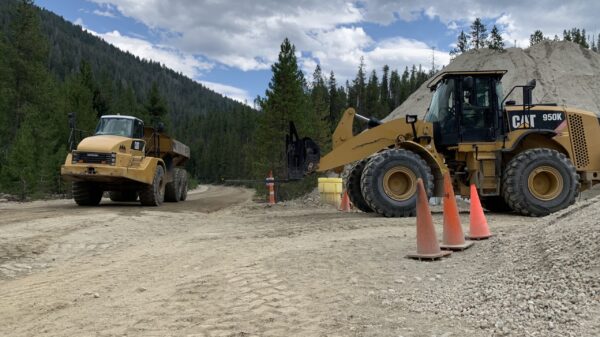Lithium extraction companies may have a chance to level up and reduce overhead courtesy of new technology from the University of Chicago.
Announced on Tuesday, scientists at the University of Chicago’s Pritzker School of Molecular Engineering have come up with a technique for removing lithium from sources of the mineral, including seawater, groundwater and water from offshore oil drilling and hydraulic fracturing.
The current techniques to extract lithium from rock ores or brines are labour-intensive, expensive, and energy-intensive. These methods require highly concentrated lithium reserves, which are limited to a few countries.
Two primary extraction methods provide most of the lithium needed in lithium batteries.
Companies like Albemarle Corporation (NYSE: ALB) and Lithium South Development Corporation (TSXV: LIS) (OTCQB: LISMF) (Frankfurt: OGPQ) use large machinery to mine the ore, crush it, and then treat it with acid to extract lithium from lithium rock ores. After which, lithium brine pools use large volumes of water pumped to the earth’s surface, which then evaporate over more than a year to produce dried lithium.
“These methods are not particularly environmentally friendly, to begin with, and if you start trying to work with less concentrated sources of lithium, they are going to become even less efficient,” Chong Liu, Neubauer professor for the Department of Molecular Engineering, University of Chicago, and the study’s senior author, said.
“If you have a brine that is ten times more diluted, you need ten times more briny water to get the same amount of lithium.”
Read more: Lithium South explores alternative production methods at Hombre Muerto North
Read more: Lithium South completes pumping test in Alba Sabrina Tenement
New technique involves isolating lithium on electrochemical properties
Liu’s group has a new technique that can extract lithium from diluted liquids. It involves isolating lithium based on its electrochemical properties using olivine iron phosphate crystal latices.
Lithium moves into the spaces of the olivine iron phosphate columns due to its size, charge, and reactivity, much like water soaking into a sponge’s holes. However, if designed correctly, the column excludes sodium ions present in briny liquids or allows them to enter the iron phosphate at significantly lower levels.
In a recent study, Liu and her colleagues investigated how variations in olivine iron phosphate particles influenced their capacity to selectively separate lithium from sodium.
The research team synthesized olivine iron phosphate particles, producing multiple particle sizes from 20 to 6,000 nanometers (nm). They then sorted these particles by size to construct electrodes capable of drawing lithium out of a weak solution.
The team discovered that iron phosphate particles absorbed more sodium into their structures when they were either too big or too small. This brought about fewer pure lithium extractions. These results were necessary for advancing electrochemical ithium extraction into a marketable product. They also suggest that researchers focus on manufacturing olivine iron phosphate at the optimal particle size instead of concentrating on generating it.
This development in extraction couldn’t have come at a better time, either.
New source of lithium found in Pennsylvania
Scientists discovered a vast reservoir of lithium in wastewater left over from a gas fracking site in Pennsylvania.
Hydraulic fracturing of rocks inside the Marcellus Shale gas wells created this wastewater, which contains enough lithium to fulfill approximately 40 percent of U.S. demand, according to a new study published in the journal Scientific Reports in April.
This discovery could provide a novel method for obtaining this vital element without the need for additional mining. Researchers identified Pennsylvania’s lithium source due to fracking in the region, a process that injects water into the ground to extract natural gas.
Typically, this method has environmental drawbacks because it usually results in waste. However, sources say that workers can potentially extract lithium from the fracking byproduct and make use of it, thanks to the new discovery.
Lithium South Development Corporation is a sponsor of Mugglehead news coverage
.
Follow Joseph Morton on Twitter
joseph@mugglehead.com

